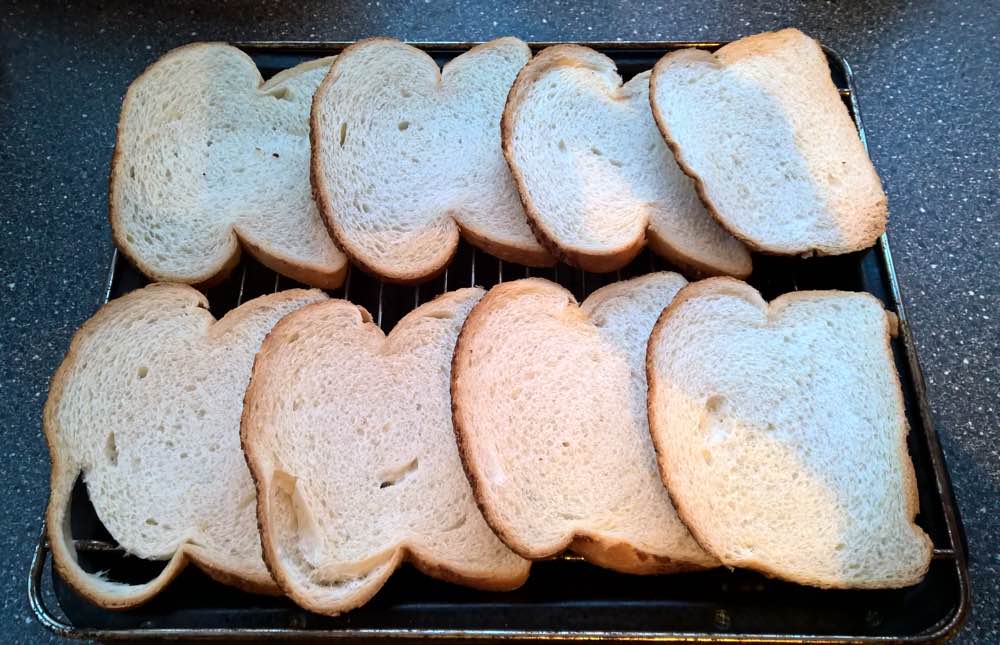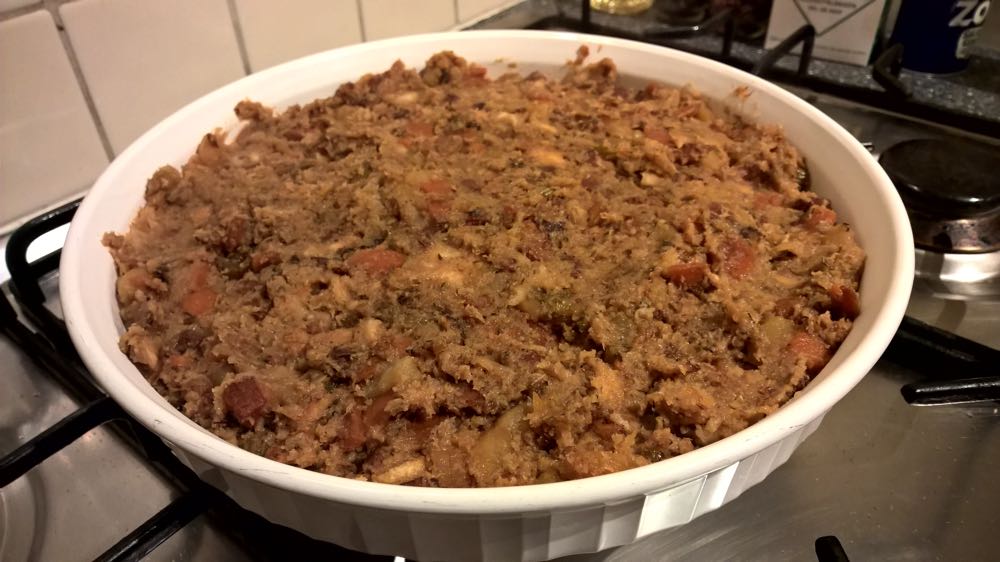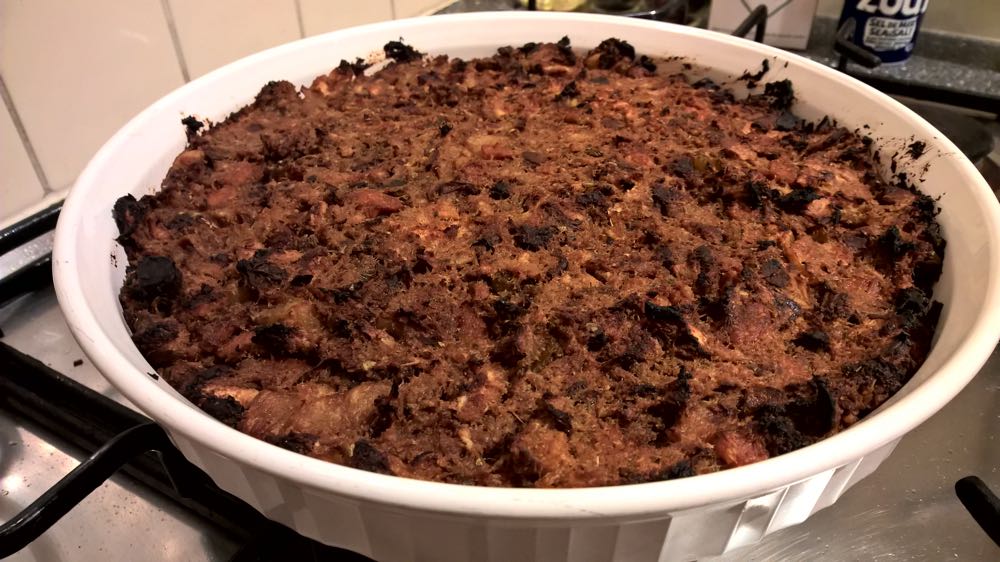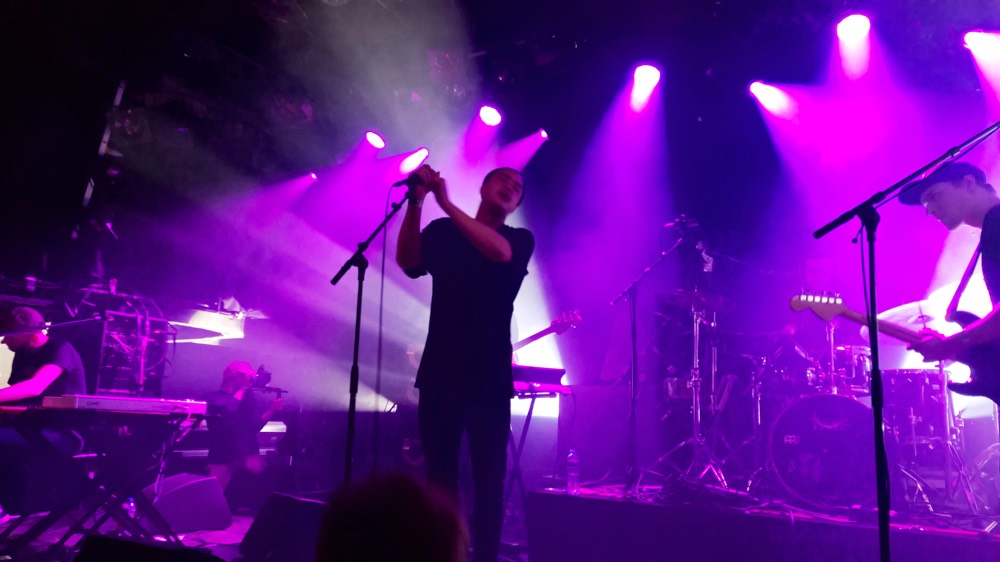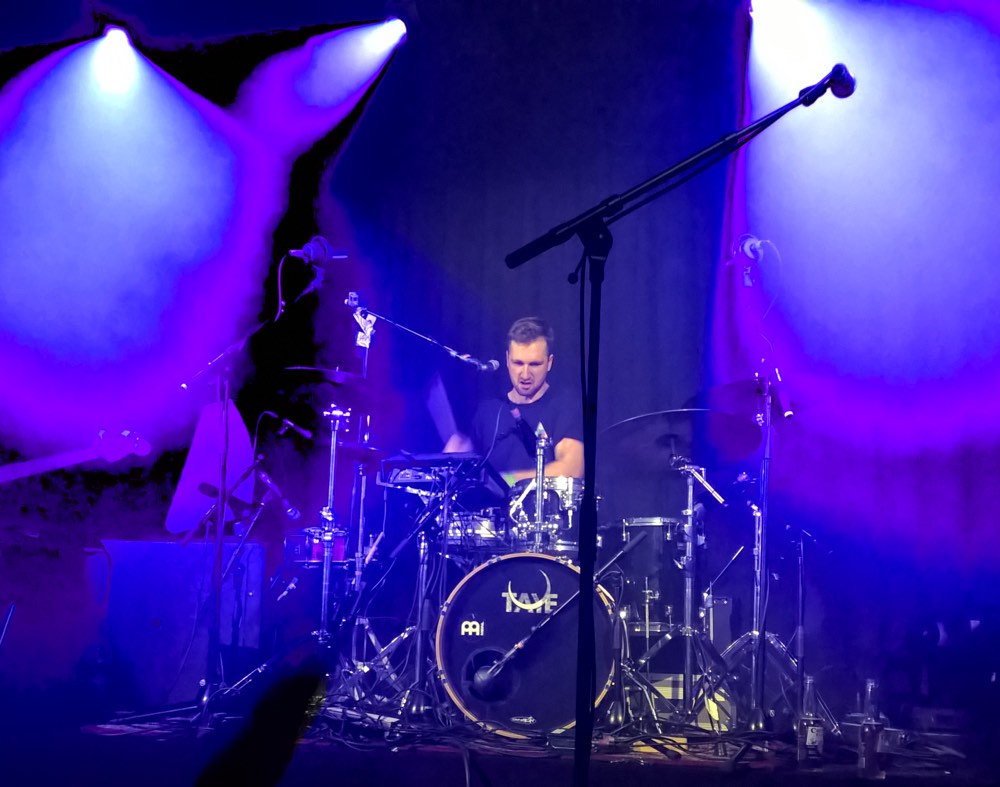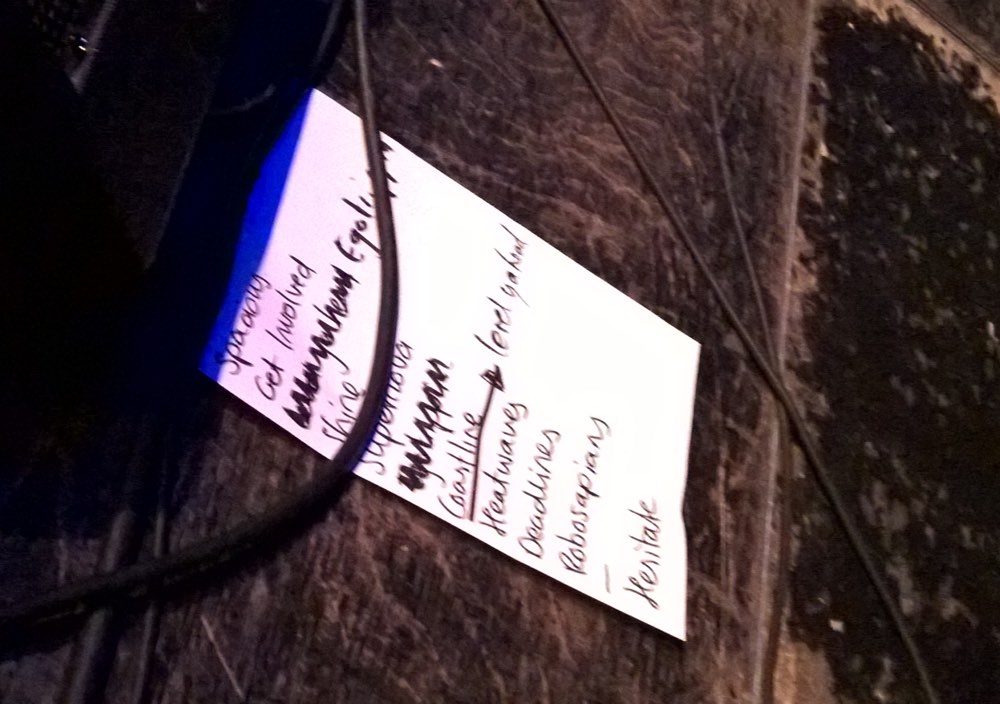
I have mixed feelings about this gig, for many reasons. Gig fatigue plays a part. That weekend had felt long already, with a stressful week at work just behind me, Christmas shopping, and doing a load of extra maths work with Alex. I wasn’t really looking forward to the gig, because it felt like another immovable deadline. I relaxed when I got there, though. My first visit to Bitterzoet was to see Bleached in May, and it’s a snug, atmospheric little venue rather than a giant barn.
Although I listen to a fair bit of rap and hip-hop, I don’t go to many hip-hop gigs. In fact, I’ve hardly been to any. I’ll count Dan Le Sac vs Scroobius Pip in 2010, but they came at rap from a distinctly British/electronic mash-up tradition. The only other one was De La Soul last year, and I came away from it somewhat disappointed. So I don’t have a terrific baseline for judging Talib Kweli’s performance last week.
Getting up on stage with just a microphone and a DJ behind you is different than playing with a band. Watching a rapper perform is a different experience than watching a group of musicians all play their own instruments. There are some aspects of Sunday’s gig that were familiar from seeing De La Soul: the shout outs to other artists, the call and response, the “put your hands in the air, let me see those hands”. The relationship between the artist and the audience is different. It felt to me like Talib was constantly probing the audience for a sense of community…and not quite finding it.
About half-way through the show, he paused briefly to deal with an over-enthusiastic woman at the front of the crowd. From further back I hadn’t noticed anything, but she was clearly bothering him. He asked for her name, and said something along the lines of “You know what? When people pay money to see your show, you can have the mic. Until then, I’m up on stage, not you.” It was an annoyed put-down, and he got a bit of support from the rest of the audience.
Ten minutes later he took a break between songs to talk about the nature of hip-hop, and how if you love the beats and the rhymes, but don’t care about the message, you don’t really love hip-hop, you have a hip-hop fetish. As he spoke about Black Lives Matter, the same woman at the front of the crowd called out “what about indiginous people?” He just about exploded. He accused her of using her white privilege to interrupt his show, and that he’d had enough. He called for security to take her and her boyfriend away, and then stalked off stage saying that he wouldn’t come back until they were gone.
The overwhelmingly 30-40 year-old white audience didn’t know how to deal with this. There was a lot of uncomfortable murmuring. They (we) weren’t cheering him on, but nor were we coming to the woman’s defense. We shuffled our feet until security removed her and her boyfriend, and applauded uneasily when Talib came back on and resumed the show. If he hadn’t fully connected with the audience before then, the mood was subdued after that. Even the Bob Marley sing-along, and the point where he encouraged everyone with a joint to light up didn’t bring back a whole-hearted sense of cheer.
Or maybe that was just all in my head? I’m getting over the idea that I’m doing concerts wrong when I just stand around watching and listening attentively rather than jumping and dancing. I’ve been to enough indie and rock shows that I’ve convinced myself that’s perfectly fine. Maybe hip-hop shows are different? The interaction with the crowd seems to be more important. I was back to feeling like I was letting the event down when I got tired of putting my hands up.
Which leads me to questions like: to what extent does the artist get to dictate how the audience enjoys their music? When Talib called out the woman at the front of the crowd, he emphasized that the audience had paid to see him, not her. Okay, but she had paid her money, too. Obviously, the price of entry doesn’t give you the right to do just anything. Each tradition of performance has a matching set of social norms for the audience. Standing on your seat and singing along at the top of your voice might get you ejected from an opera. At what point do these norms get enforced by the audience through social pressure, and when is it acceptable for the artist to express their disapproval about my reaction to their work?
(Aside: I sometimes get a thrill when I see artists trying to prevent politians from using their music at events in support of politics that the artists themselves vehemently oppose. Is this the same thing? Musicians are certainly well within their rights not to perform at such an event, just as it would be unreasonable to prevent people with opposing views from buying and playing their music privately. When it comes to public performances of recorded music we get into that whole grey area of copyright, intellectual property, and public interest.)
Abi points out that this can be seen as another example of the Author’s Big Mistake, which is to respond (angrily, defensively, or any other way) to a negative review. It just doesn’t end well.
Anyway, after weighing up all of that emotional baggage, I don’t think it was a particularly good show. Talib Kweli is a great rapper and lyricist, and there were moments when he laid down the best of his flow. Most of the time it was a cut-up affair, where he extracted the best bits from her repertoire, and cut them off part-way through so he could move on to the next one. His best recordings are his collaborations, where he gets to spark off other singers and rappers, and his light and fast voice cuts through them like a switchblade. Solo, even with DJ Spintelect at his back, he could only rebound from the audience, and when the audience let him down, he didn’t shine.

